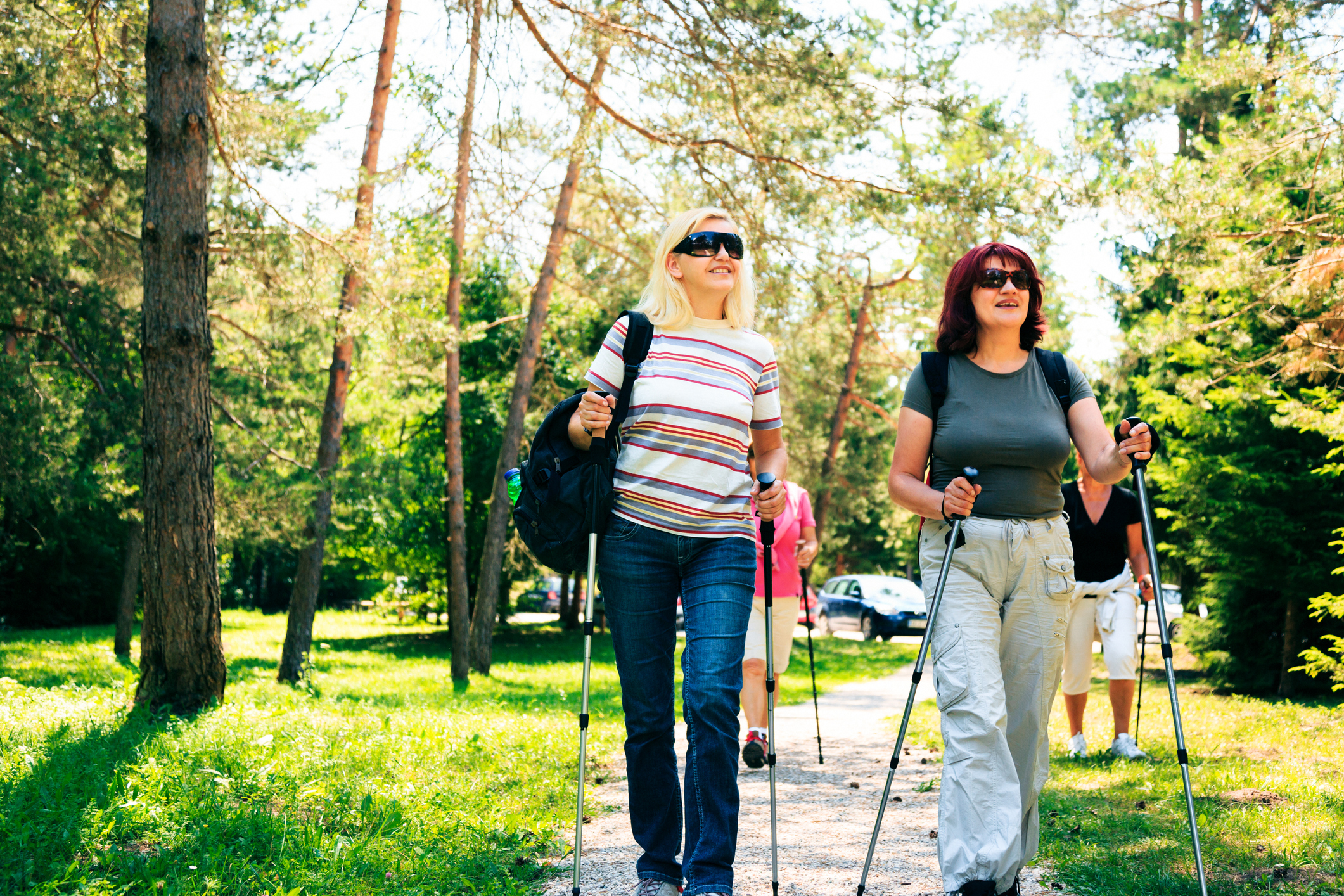By Brenda Rueda-Yamashita, Chronic Disease Program Director, Alameda County Public Health Department
Asthma Start, which delivers in-home case management services, began nearly 14 years ago, when our local health officer wanted to intentionally address and prevent asthma—at the time, Alameda had the third highest rate of asthma in the state.
At the same time, First Five/Every Child Counts grants became available to organizations that wanted to focus on preventing adverse asthma outcomes for 0- to 5-year-olds.
In short, there was funding and a will to improve lives—and it can be magical when those two factors match-up.
While the initial grant was incredibly important, we’ve been able to grow and continue to implement the program by blending and braiding funding streams. For instance, we are supported by reimbursements from managed care organizations and funding from the hospital community benefit programs, private grants, tobacco settlement funds and sales tax revenue. As can be the case, promising programs disappear when an initial grant runs out, which makes braiding all these funding sources—which can be difficult—absolutely necessary to sustain the program over time.
Creating our approach
To inform our approach, we worked closely with local hospitals. They were uniquely able to provide referrals but also educate us on what questions (e.g., do you have mold, vermin, cockroaches, etc.) we should be asking of patients.
We quickly learned that the biggest benefit we could provide would be an in-home approach – you can’t separate someone’s health from the health of the environment they live in. Also, at the time, we spoke with a local doctor who knew her patient’s family was following her recommendations, yet no one was getting better and there were more and more adverse asthma events. Finally, the patient’s mother asked if the attacks could be because of the mushrooms growing in her home. When you hear that story, clearly a light bulb goes off: health is just as much about outside the clinic as inside.
In essence, Asthma Start sends social workers to meet with individuals and families affected by asthma to determine why medication isn’t working. We use social workers because addressing asthma, often, is not just about the disease but is psychosocial as well.
During these home visits, we make sure they have medication and are taking it correctly and outline the most common asthma triggers and how to address them. If needed, we also supply cleaning supplies, ranging from vacuums to dust mite covers to non-bleach-based mold cleaners. We also ask if they have stable housing, jobs, food, a doctor and insurance.
If we identify that a patient requires additional interventions, we can make referrals to our partners at Alameda County’s Health Homes program or other appropriate community resources, programs and organizations. Throughout the years, we have formed deep partnership with many local landlords, our housing authority, the district attorney’s office, schools, the biggest local managed care organization and many others.
Landlords
Clearly, we knew home triggers and poor living conditions were driving asthma attacks. The trick then is to get these alleviated. So, we sent letters and helped tenants send letters and we got issues addressed, sometimes. Seems simple, but it worked.
Housing Authority
In those instances where we couldn’t get a landlord to take appropriate action, it was incredibly important to connect with Healthy Homes and our code enforcement.
Now, Asthma Start, Healthy Homes and code enforcement meet monthly to conference on the existing cases. We identify the housing issues that are affecting a patient’s health and refer those to Healthy Homes which can, if necessary, work with code enforcement to make sure the poor living conditions are addressed.
District Attorney and Truancy Court
Our local district attorney found that many parents were in truancy court for chronic absenteeism because they said their children were having asthma attacks and couldn’t make it to school. These weren’t delinquent parents or children—they had legitimate issues.
Once we identified this issue, the district attorney began to refer every family to us that had asthma issues and they would complete our program, and usually start going back to school and never see the truancy court again.
The district attorney also does a training once a year when school starts to help school officials understand chronic absenteeism and how to refer kids to appropriate health services.
Schools
A lot of school districts have a School Attendance Review Board, which is a board of people who review why folks aren’t making it to school. We sit on many of these boards and if any health issue—asthma or not—is identified, we handle it. We make sure the case follows a similar structure and we get kids back in school. Research indicates that schools/society save about $40 a day per child that attends. If you take the 30,000 children in the U.S. that are out of school every day due to asthma, you are talking huge cost savings.
Chronic absenteeism is silently crippling the country: missing 10 percent of the school year is a huge risk factor for academic failure and, nationwide, more than one out of 10 students miss that much school every year. Asthma alone accounts for around 14 million absences each year and children with persistent asthma are more than three times as likely to have 10 or more absences than their peers.
Managed Care Organization
In around 2003, Alameda Alliance of Health (our main Medicaid managed care organization) wanted to leverage our asthma program. First, they had to find a code to pay for our work and found one related to health and behavior assessment.
We signed a contract with a specific amount of money that we had to bill against. This modest, but successful model, worked well for several years. Alliance, about a year ago, decided it might be easier to expand the program and refer all children that are seen in the emergency room to us and the program on a regular basis receives 20 referrals a week—children with asthma-related conditions are referred to Asthma Start, children with other conditions are referred to public health.
In addition to this reimbursement, Asthma Start is supported with funding from hospital community benefit programs, private grants, tobacco settlement funds and sales tax revenue. Braiding all of these funding sources together to finance the program isn’t easy, but is necessary to sustain the program over time.
Results
I think we’ve been so successful because we were the missing link in the continuum of care from the doctor’s office into the home and community. One recent Alliance patient was referred to us – we saw her at 5 and helped address her asthma. Now, she is 12 and her asthma is a problem again. They were referred to us and immediately the family felt at ease and a conversation started. The problem? Her new allergy medication pill was too big to swallow, so she couldn’t take it. In that one example, we realized part of what we do is just make it okay to talk.
We’ve also saved money, reduced symptoms and improved lives. Our interventions return about $5.00 to $7.00 for each dollar invested. The program has greatly reduced emergency department visits and hospitalizations with 95 percent of children maintaining/reducing their symptoms. And, through these reductions the program has been able to measure a cost savings of up to 50 percent for Alliance.
The bottom line: kids are getting to school and living healthier, happier lives due to Asthma Start. And this work is possible and sustainable because we did the difficult work of blending all the diverse funding sources available to us.





